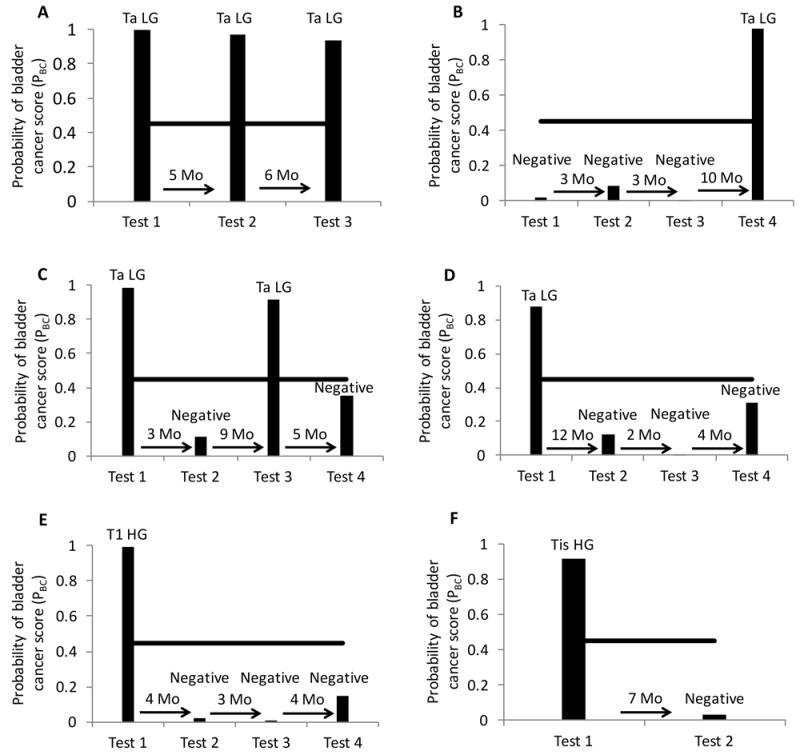Figure 3. Bladder cancer surveillance using the 3-marker urine test.

Serial urine samples were collected from 6 patients and the probability of bladder cancer score (PBC) based on the 3-marker (ROBO1, WNT5A, CDC42BPB) diagnostic equation was determined. PBC ≥ 0.45 (black line) was considered positive for bladder cancer. Corresponding bladder cancer pathology (stage, grade) or cystoscopy (if no bladder cancer detected) was indicated above urine test result. A, urine test can accurately detect persistent bladder cancer. Test 1 for bladder cancer evaluation accurately detected bladder cancer as did follow up surveillance tests after 5 months (test 2) and another 6 months (test 3). B, urine test can accurately detect bladder cancer recurrence in patient disease free for >16 months. Test 1 for bladder cancer surveillance was negative consistent with negative cystoscopy, as were tests 2 and 3 at 3 month intervals, test 4 accurately detected bladder cancer recurrence 10 months later. C, urine test was reliable for prediction of alternating pattern of positive and negative tests. Test 1 for bladder cancer evaluation accurately detected bladder cancer, follow up surveillance at 3 months was negative by both urine test and cystoscopy, bladder cancer recurrence was accurately detected after another 9 months, followed by negative results from both urine test and cystoscopy after another 5 months. D, E and F, after initial positive bladder cancer test, the subsequent urine tests accurately predict disease free survival. Test 1 for bladder cancer surveillance (D) or bladder cancer evaluation (E and F) accurately detected bladder cancer, subsequent surveillance tests were negative by both urine test and cystoscopy. LG, low grade; HG, high grade.
